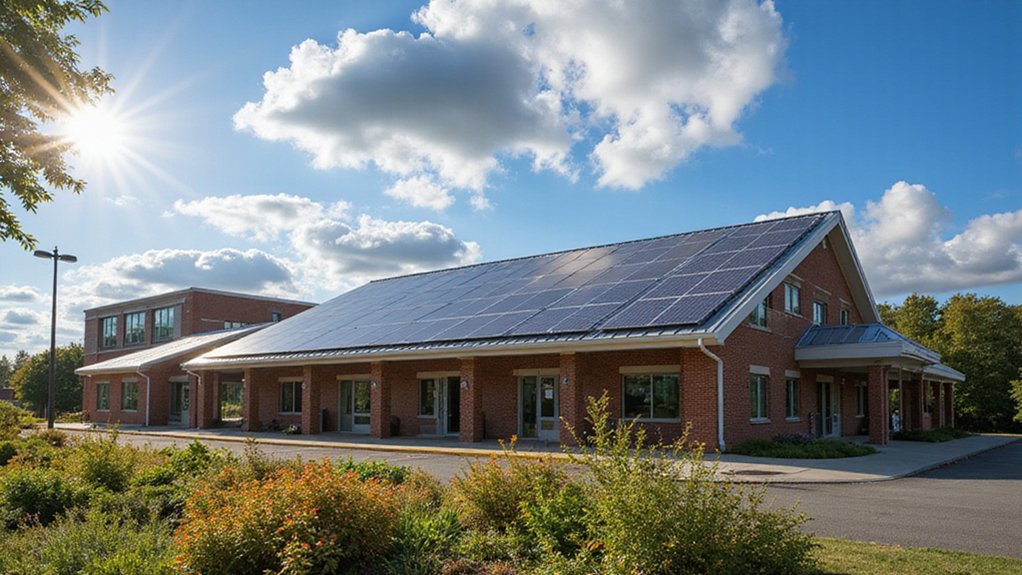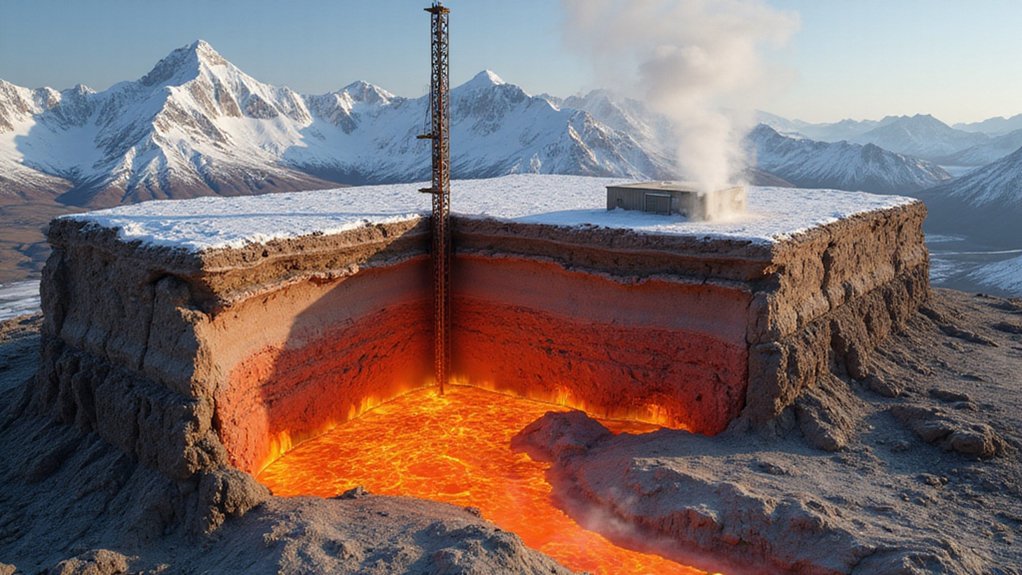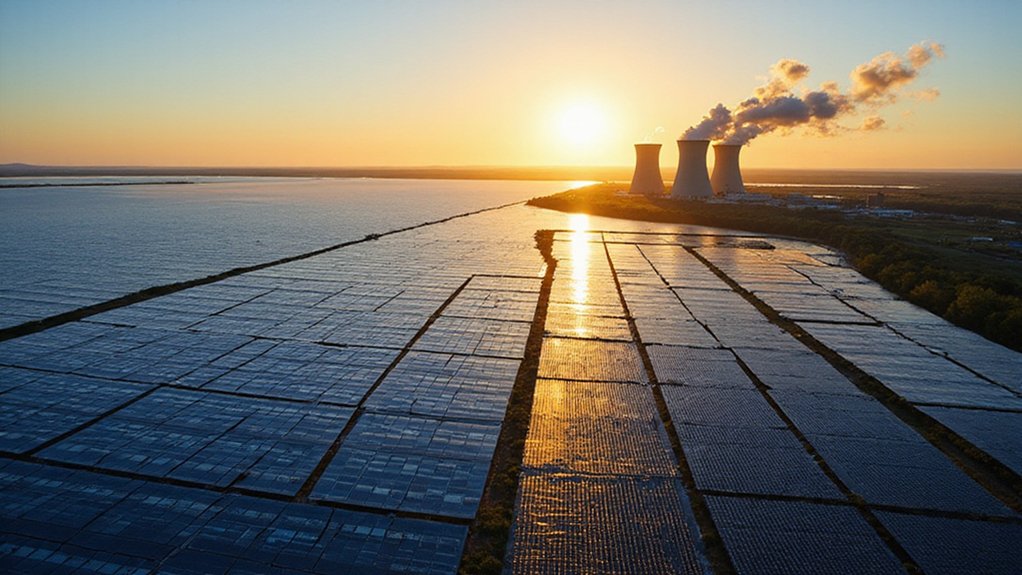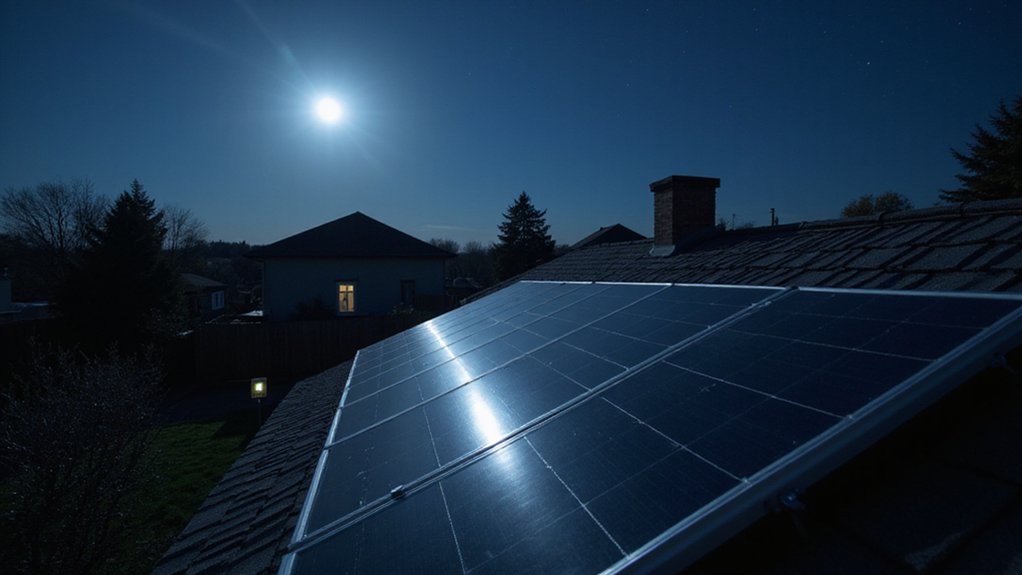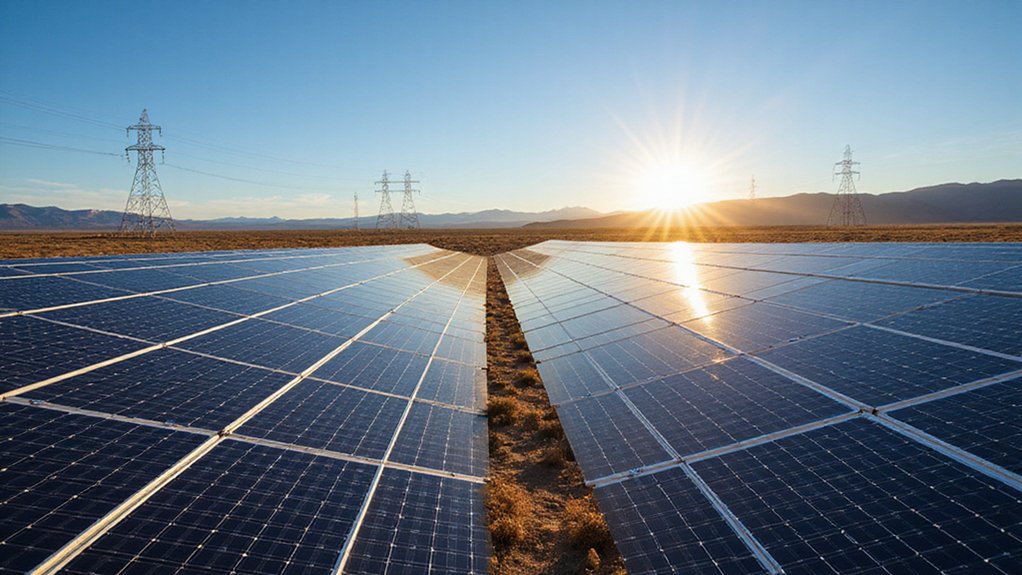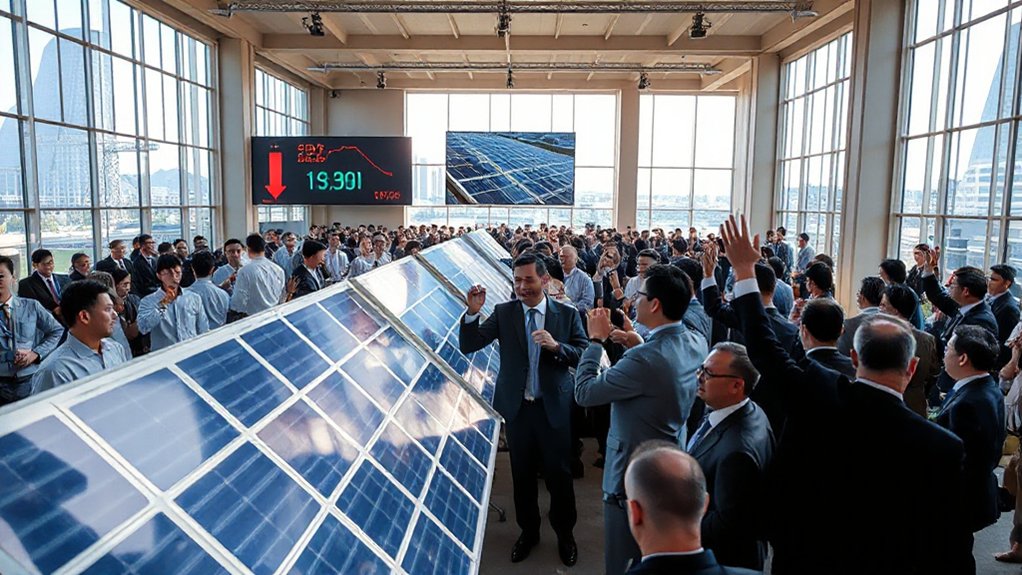Pennsylvania schools are rapidly adopting solar energy, with capacity nearly tripling over the past decade. The Solar for Schools program received 88 applications requesting $88 million, far exceeding the available $25 million in funding. Schools can save millions through installations, which reduce carbon footprints and redirect funds to educational resources. Despite under 2% adoption currently, strong bipartisan support and federal incentives signal bright prospects for Pennsylvania’s educational solar transformation.
While Pennsylvania has long relied on traditional energy sources, the state’s schools are now leading a quiet transformation in renewable power. Solar capacity in K-12 schools has nearly tripled over the past decade, with the number of schools using solar almost doubling during the same period.
Energy costs represent the second-highest expense for Pennsylvania schools after staffing. That’s why solar installations are proving valuable beyond environmental benefits. Schools can save millions over the lifetime of these projects, redirecting funds to educational resources, staff, building repairs, and student programs. This educational trend mirrors the global renewable boom, with solar power accounting for three-quarters of new renewable installations worldwide in 2023.
The Solar for Schools program has become central to this growth. In its pilot round, the Pennsylvania Department of Community and Economic Development received 88 grant applications from 25 counties. Schools requested $88 million in funding, more than three times the $25 million available. Governor Josh Shapiro has proposed a $25 million appropriation for the program’s second year to meet continuing demand.
“The demand spans urban, rural, and suburban districts,” noted program officials. The legislation passed with support from both political parties, environmental groups, and labor organizations.
Despite rapid growth, solar adoption remains under 2% of Pennsylvania schools as of 2024, indicating significant room for expansion. The program aims to eventually power all public schools with solar energy across the state. Federal funding and tax incentives have improved access, with the state offering up to a 10% bonus for installations in low-income communities through 2025.
Beyond financial benefits, solar installations reduce schools’ carbon footprints and improve local air quality. The visibility of solar panels on school buildings increases community awareness and acceptance of renewable technologies.
Challenges remain, however. Upfront costs are a significant barrier despite available grants. Rural districts and low-income communities often face additional hurdles in accessing funding. Administrative knowledge gaps and technical complexities can delay adoption.
Still, the overwhelming response to the Solar for Schools program signals a strong trajectory for future solar adoption. As energy prices continue to rise, solar installations help schools stabilize budgets while creating healthier environments for students and staff.
Pennsylvania’s educational solar transformation appears well underway.
References
- https://www.timesobserver.com/news/local-news/2025/03/schools-solar-demand-booming-in-pennsylvania/
- https://www.earthday.org/bright-ideas-solar-in-pennsylvania-schools-is-an-investment-in-learning/
- https://www.pa.gov/agencies/dep/residents/solar-energy-resource-hub/schools.html
- https://www.pahouse.com/Fiedler/InTheNews/NewsRelease/?id=137579
- https://generation180.org/resource/powering-a-brighter-future-in-pennsylvania-2024-edition/
